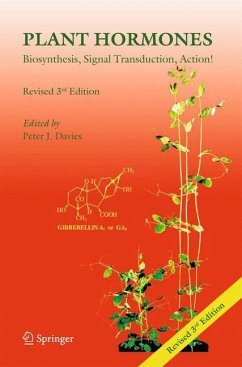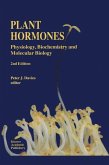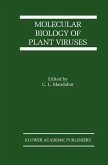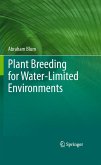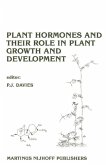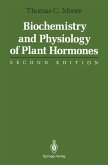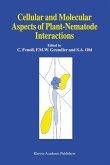This book is a description of these natural chemicals: how they are synthesized and metabolized, how they act at both the organismal and molecular levels, how we measure them, a description of some of the roles they play in regulating plant growth and development, and the prospects for the genetic engineering of hormone levels or responses in crop plants. This is an updated revision of the third edition of the highly acclaimed text. Thirty-three chapters, including two totally new chapters plus four chapter updates, written by a group of fifty-five international experts, provide the latest information on Plant Hormones, particularly with reference to such new topics as signal transduction, brassinosteroids, responses to disease, and expansins. The book is not a conference proceedings but a selected collection of carefully integrated and illustrated reviews describing our knowledge of plant hormones and the experimental work that is the foundation of this information.
The Revised 3rd Edition adds important information that has emerged since the original publication of the 3rd edition. This includes information on the receptors for auxin, gibberellin, abscisic acid and jasmonates, in addition to new chapters on strigolactones, the branching hormones, and florigen, the flowering hormone.
Dieser Download kann aus rechtlichen Gründen nur mit Rechnungsadresse in A, B, BG, CY, CZ, D, DK, EW, E, FIN, F, GR, HR, H, IRL, I, LT, L, LR, M, NL, PL, P, R, S, SLO, SK ausgeliefert werden.
"This book is a carefully selected collection of newly written, well integrated and illustrated reviews. It deals with our current knowledge of plant hormones and their role in plant growth and development. ... It covers, in very succinct and easy to read chapters, the historical background, the chemical nature, occurrence and functions of the various classes of hormones. ... It is a must for postgraduates. Certainly all university libraries should carry a copy or two as it can be used by all disciplines ... ." (Johannes van Staden, South African Journal of Botany, Vol. 72, 2006)

